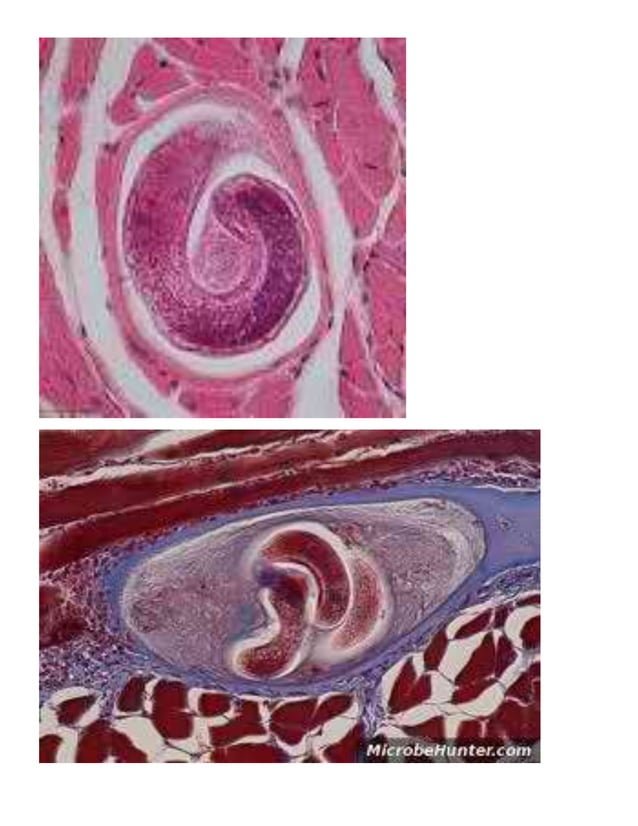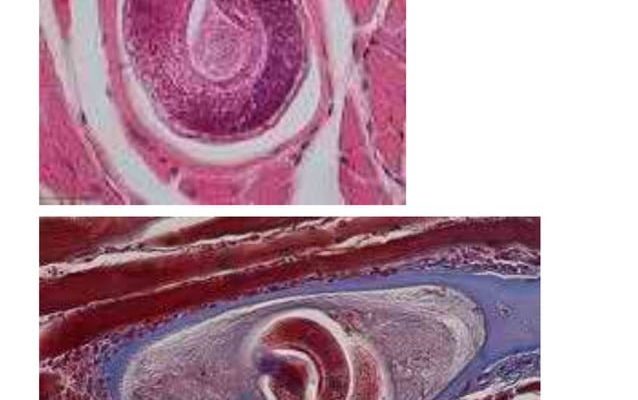
When it comes to picking the right equipment, you’ll find various remote field cameras out there. Popular brands like Bushnell and Reconyx offer great options, perfect for capturing those elusive moments. The right camera can make a world of difference, so knowing what to look for is crucial. Let’s dig into how you can set up these devices, what to observe, and the insights you might glean from watching these little wrigglers in action.
Understanding Pinworms: A Quick Overview
Before we dive into the technical aspects of field cameras, let’s take a moment to understand what pinworms are. Pinworms, scientifically known as *Enterobius vermicularis*, are small, white, thread-like parasites that primarily inhabit the intestines. They’re especially common in children, causing discomfort and itchiness, which you can imagine isn’t fun for anyone involved.
You might think of them as the uninvited guests at a party—hard to see and even harder to get rid of. They come out at night, laying their eggs around the anus, which is why they can spread so easily. By documenting their behavior, we can learn more about their life cycle and habits, helping us understand how to manage and treat pinworm infections effectively.
Let’s not forget that by observing them in their natural habitat, we can see how they interact with their environment, which is vital for understanding their role in the ecosystem. You may find that observing their activities can also offer insights into broader health issues, as pinworms are often linked to hygiene and disease transmission.
Choosing the Right Field Camera
When it comes to documenting pinworms, the first step is selecting the right field camera. Not all cameras are made equal, and for this task, you want one that can capture close-up images while being discreet enough to not disturb their natural behavior. Look for models that offer good battery life, a reliable motion sensor, and high-resolution image quality.
Here’s what you should consider when picking your camera:
- Resolution: You’ll want clear images to analyze the pinworm’s behavior effectively. A camera with at least 12MP should suffice.
- Night Vision: Since pinworms are more active at night, cameras with infrared capabilities will help you capture their nocturnal antics.
- Motion Detection: A reliable motion sensor is crucial for ensuring you only capture relevant activity, saving battery and storage space.
- Durability: Since field cameras are often used outdoors, look for one that can withstand varying weather conditions.
Honestly, investing in a good field camera can make your documenting process much smoother. You want to ensure you capture those valuable moments without interruptions, right?
Setting Up Your Cameras
Now that you have a camera, it’s time to set it up. The success of your project hinges on this step. You want to place the camera in a location that pinworms are likely to be active. Typically, this could be areas with moist soil since pinworms thrive in warm, damp conditions.
Here are some steps to follow when setting up your camera:
1. Choose the Right Location: Look for spots near where pinworms might be breeding, like gardens or areas with high foot traffic from animals.
2. Secure Your Camera: Mount your camera securely so that it won’t be knocked over easily. You want it to remain still for clear images.
3. Adjust Settings: Make sure the camera settings are optimized for low light and action. A longer shutter speed might help if you expect them to be moving around a lot.
4. Test the View: Before you leave the camera unattended, take a few test shots to ensure it’s capturing the right area.
By carefully setting up your camera, you’re laying the foundation for fruitful documentation.
What to Observe: Pinworm Behavior
Once your camera is up and running, it’s time to sit back and observe. You might be wondering, what exactly should I be looking for? Pinworms are a bit like sneaky ninjas; they don’t always show themselves easily. However, there are several behaviors you can watch for with patience and a bit of luck.
You might notice:
– Movement Patterns: Observing when and how pinworms move can reveal interesting details. Do they tend to stay in specific areas, or do they roam around? This can give you clues about their life cycle and feeding habits.
– Interactions with Other Creatures: Pinworms might not be alone. Observing how they interact with other organisms can shed light on their role in the ecosystem. You might see them being hunted or avoided by other creatures, which can be fascinating.
– Egg-Laying Behavior: If you’re lucky, you might catch a glimpse of their egg-laying activities. This is crucial for understanding their reproductive cycle, which can help in managing pinworm populations if needed.
The beauty of using field cameras is that you’re essentially a spectator in this tiny drama. You might just discover behaviors that haven’t been documented much before.
Analyzing Your Footage
Once you’ve gathered footage, the next step is analyzing it. This is where the fun really begins. Reviewing the footage can provide you with valuable insights into pinworm behavior. Here’s how to make the most of this stage:
– Take Notes: As you watch the footage, jot down observations. It helps to keep a dedicated notebook or digital document for organization.
– Look for Trends: Do they have specific times when they’re more active? This can tell you about their behavior patterns and habits, increasing your understanding.
– Share Findings: If you discover something intriguing, consider sharing it with the scientific community or online platforms. You never know, your documentation might contribute to broader research on pinworms!
By taking a thorough approach to your footage, you increase the value of your observations. Sometimes, learning can be as simple as sitting back and watching.
Potential Challenges and Solutions
You might run into challenges along the way, and that’s perfectly normal. Documenting pinworms isn’t always straightforward, but being prepared makes a big difference. Here are some common issues and how to tackle them:
– Low Visibility: If your camera doesn’t capture clear images at night, ensuring it has good infrared capability can help. You might also need to adjust the angle or height at which it’s mounted.
– Battery Life: If the camera runs out of battery too quickly, consider using larger batteries or an external power source to prolong its operation.
– Disturbance from Other Animals: Sometimes, other creatures might interfere with your camera. Positioning it higher or in a less accessible spot can minimize this risk.
Here’s the thing: every challenge presents an opportunity to learn. You might surprise yourself by finding creative solutions.
Documenting the behavior of pinworms with field cameras is more than just a scientific endeavor; it’s a journey into a hidden world. You start with a simple curiosity and, with the right tools and a bit of patience, uncover fascinating insights about these tiny creatures. From selecting the perfect camera to analyzing your footage, every step is part of the adventure.
Whether you’re doing this for personal interest or contributing to larger research, remember that each observation adds to our understanding of these often-overlooked parasites. So grab that camera, set it up, and enjoy the experience. You’re not just observing pinworms; you’re part of a broader story about life’s unseen wonders.

